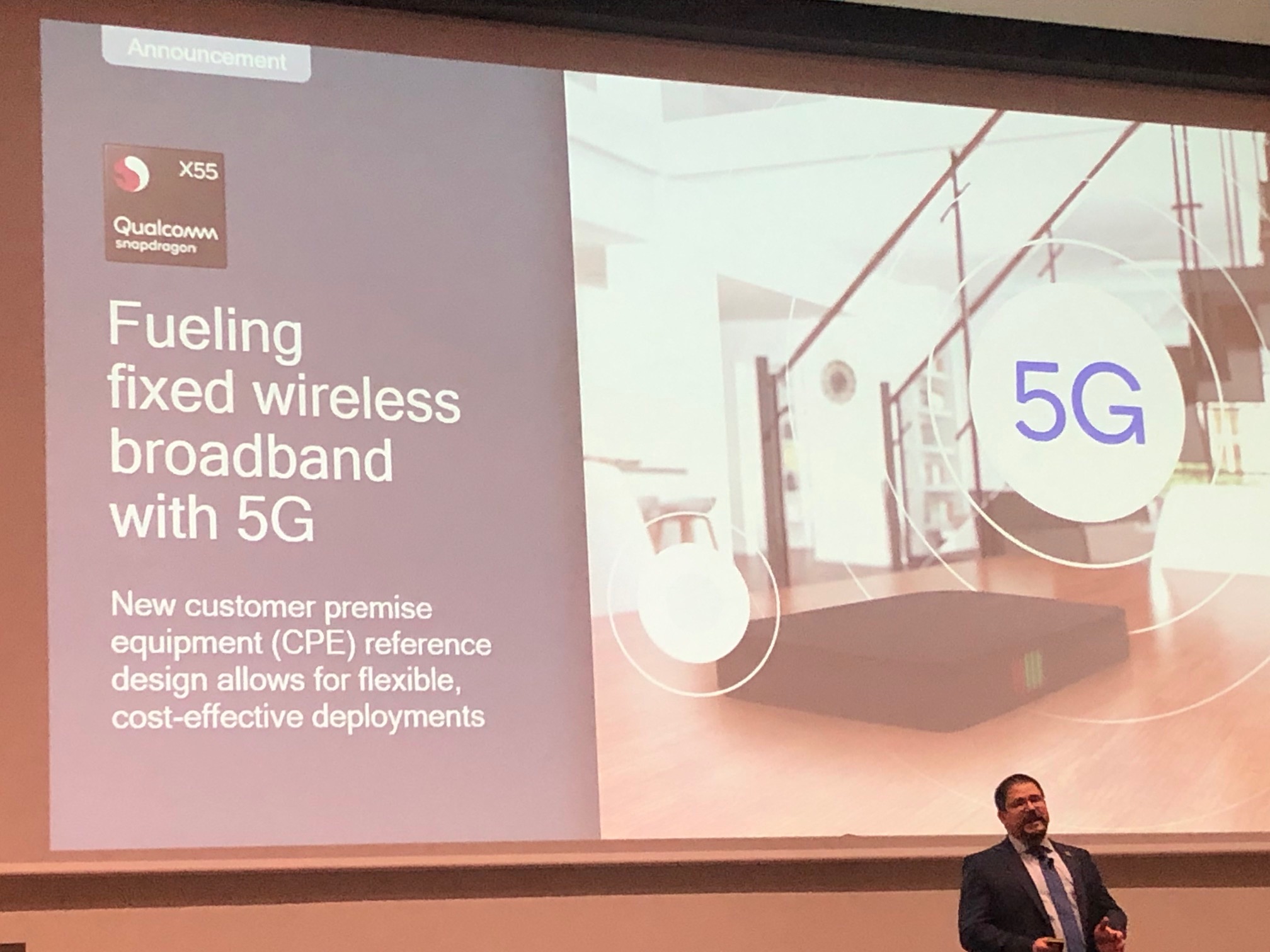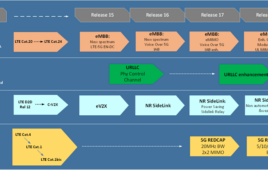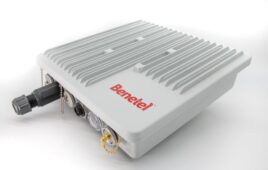
Qualcomm President Cristiano Amon speaking during a press conference at MWC 2019 in Barcelona
With its next-generation chipset already powering the first 5G smartphones, Qualcomm has now debuted a 5G CPE reference design built to help manufacturers develop 5G-capable fixed wireless home gateway products.
The reference design, announced at MWC 2019 Barcelona, is for both sub-6 GHz and millimeter wave 5G fixed wireless broadband products and features Qualcomm’s recently unveiled Snapdragon X55 5G modem and RF front-end components and modules.
The reference design will enable manufacturers and internet service providers speed up the deployment of 5G fixed wireless broadband services, Qualcomm’s Durga Malladi, SVP and general manager of 4G/5G, said in a statement.
“With support for both mmWave and sub-6 GHz spectrum bands, manufacturers can address multiple operator’s needs as they look to improve network performance, increase range, provide an unsurpassed user experience, and expand fixed broadband coverage by taking advantage of 5G infrastructure,” Malladi added.
Backhaul connectivity over 5G is supported in both standalone and non-standalone network deployments, with peak speeds of up to 7 Gbps. Qualcomm says the coverage, performance and deployment flexibility of 5G makes a compelling backhaul alternative to fiber or cable.
The 5G CPE reference design can work with Qualcomm’s Wi-Fi Networking chipsets allowing manufacturers to offer a comprehensive home broadband gateway product.
In addition to broadband, 5G fixed wireless also has the opportunity to be a replacement for broadcast networks, Qualcomm President Cristiano Amon said during a Monday press conference at MWC.
Qualcomm says the reference design enables extended coverage and enhanced performance of fixed wireless 5G compared to mobile 5G, improving economics of FWB for ISPs and enabling them to reach more customers using 5G infrastructure.
Verizon first introduced a fixed wireless 5G home broadband offering last October and other carriers have recently changed their tune, now also expressing confidence in the technology. On AT&T’s quarterly earnings call in late January, AT&T Chairman and CEO Randall Stephenson said the capacity and performance of 5G fixed wireless will represent a true replace opportunity for fixed line broadband.
“I have little doubt that in the three to five year time horizon you’ll start to see substitution of wireless for fixed line broadband,” Stephenson said.
Qualcomm expects 5G fixed wireless devices based on the Snapdragon X55 modem will launch in the first half of 2020.
In other 5G fixed wireless news at MWC, Nokia on Sunday separately introduced its new fixed wireless access FastMile 5G Gateway.
Nokia says the gateway delivers 10-25x the speeds of LTE for residential and business subscribers and uses sub-6 GHz 5G bands that operators will use to upgrade their LTE grid.
The single, indoor device can connect wireless to the mobile network, delivering gigabit speed to the home, using 3GPP compliant 5G New Radio, and improved performance and reliability with carrier aggregation. It’s also compatible with Nokia’s in-home WiFi solution.
Nokia said the product is currently in trials with service providers, including Optus, which used the indoor gateway in a live network to stream 4K video to certain residential customers in Australia.
“5G-based FWA enables service providers to bring ultra-broadband to homes and businesses,” Julie Kunstler, Principal Analyst at Ovum, said in a statement. “However, well-designed solutions, such as Nokia’s FastMile 5G Gateway, support subscriber-side installation, thereby bypassing expensive truck rolls and service calls, while ensuring superb customer experiences. 5G FWA is becoming an important ultra-broadband tool for all types of operators as bandwidth and QoE expectations continue to grow.”




